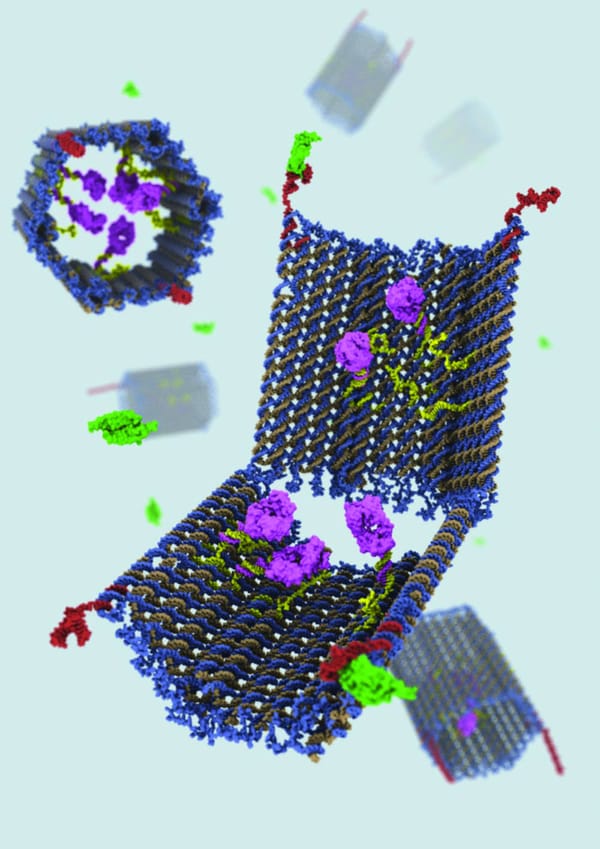Cumulative culture makes us different
Traits humans share – teaching, communication, imitation, helping others – may be the cause of our ability for cumulative culture

In the 21st century, our minds are brimming with concepts from iPhones to genetic testing to superstring theory, that could not have been entertained by our human counterparts centuries or millennia ago. This is because our species has a unique capability for “cumulative culture”, a process through which knowledge accumulates over time and technology is advanced iteratively. On the other hand, we can reasonably assume that the ideas inside the minds of other animals today are not vastly different from those centuries ago. Therefore, a team of scientists from University of St Andrews are seeking to explain what is special about the human mind that allows us to gradually accumulate knowledge. A study reported this week in Science investigated the differences in the capacity for cumulative cultural learning among humans, our closest relatives, chimpanzees, and capuchin monkeys.
There are various hypotheses regarding the cognitive capabilities, or social conditions, that are required for cumulative culture. These include aspects of social cognition that are either exclusive to or substantially enhanced in humans. For example, imitation, teaching, language and helping others. Additionally, characteristics of other animals that may prevent cumulative culture include scrounging of resources, as well as the tendency of dominant individuals to monopolise resources, thereby preventing subordinate individuals from learning.
In order to examine the mechanisms behind social learning, the scientists used a puzzle-box with three stages of increasing difficulty to test three- or four-year old children, chimpanzees and capuchins. Children, rather than adult humans, were used to help remove cultural effects since adults have been more exposed and influenced by society. The scientists hypothesised that children, but not chimpanzees or capuchins, would show evidence of cumulative learning, and also sought to discover the underlying explanations. They found that after 30 hours, only 1 out of 33 chimpanzees had reached stage 3 of the puzzle and similarly, after 53 hours, no capuchins had reached stage 3. By contrast, after just two and a half hours, a significant number of children had reached the most difficult stage.
To determine the underlying mechanisms, the authors firstly reasoned that if a factor, such as teaching, causes cumulative culture then a species that teaches (humans) should perform better on the task than a species that does not (chimpanzees and capuchins). Secondly, they hypothesised that when teaching occurs in a particular species, it should be positively correlated with task performance. Using this reasoning, and testing a number of hypotheses, the scientists found that teaching, communication, imitation and helping others, largely only present in humans, likely contribute to the ability of humans to accumulate knowledge.
The authors state, “The puzzle-box experiment reveals clear and characteristic differences in cumulative cultural learning and patterns of social interaction among children, chimpanzees, and capuchin monkeys. The children responded to the apparatus as a social exercise, manipulating the box together, matching the actions of others, facilitating learning in others through verbal instruction and gesture. In contrast, the chimpanzees and capuchins appeared to interact with the apparatus purely as a means to procure resources for themselves, in an entirely self-serving manner, largely independent of the performance of others, and exhibiting restricted learning that appeared primarily asocial in character.”
This study provides valuable new insights into the phenomenon of cumulative culture, a powerful capability which largely explains the remarkable success of the human species in colonising almost every terrestrial habitat on the planet and becoming globally dominant. The research also paves the way for understanding when precisely these uniquely human socio-cognitive capacities evolved.







